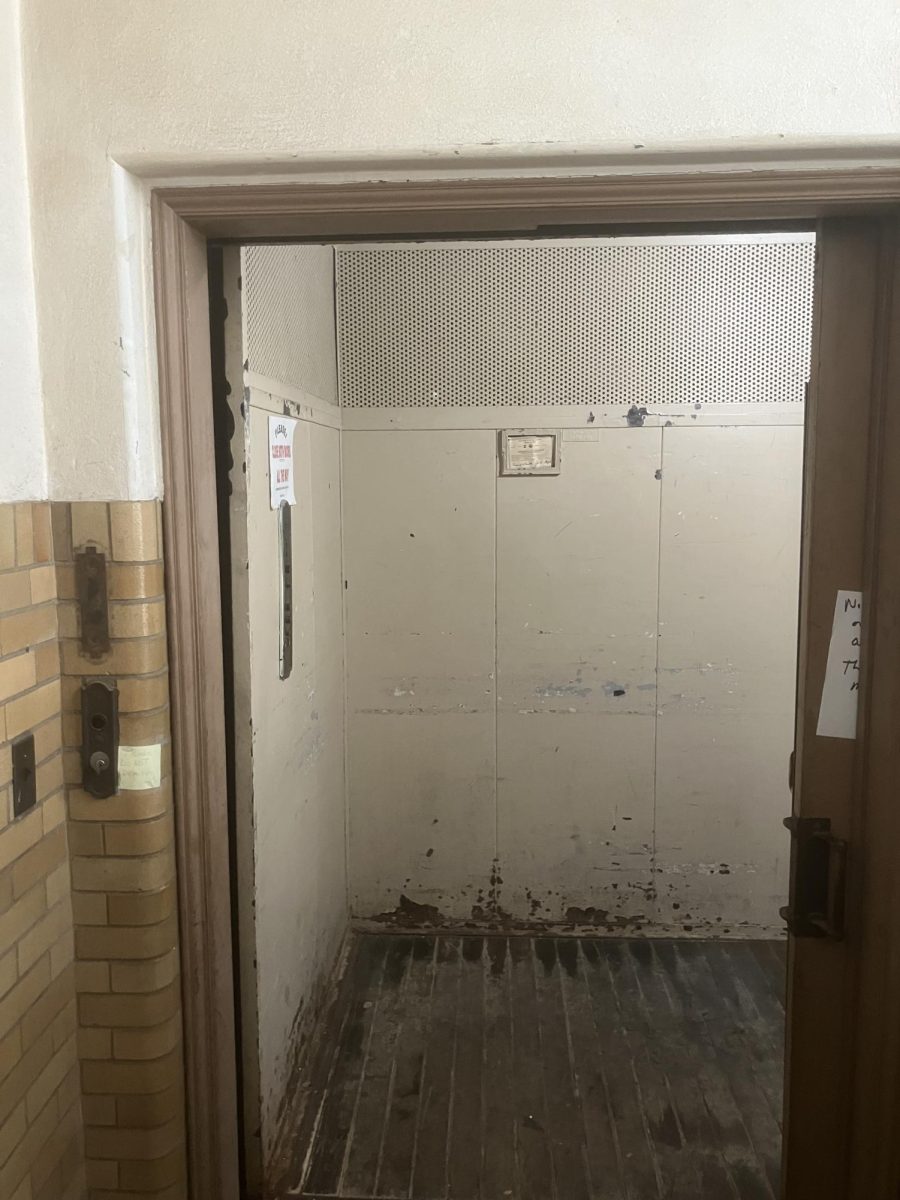The path to new athletic fields may be paved with light bulbs.
The school district recently established a committee to assess repairs and improvements of school buildings, grounds and athletic fields. The Superintendent’s Advisory Committee on School Facilities comprises residents and school district employees. So far, the committee has met twice, visited school buildings and proposed money-saving changes in district energy use
“The committee’s responsibility is to review the school district’s facilities and mechanical systems to identify opportunities to replace or upgrade systems that are not energy efficient,” said committee member Lee Weingart. “Some of the possible areas for energy improvements include the high school boiler, replacement of incandescent lights with LEDs or other modern lighting systems and window replacement.”
After touring district buildings to review energy systems, the committee recommended that the school board authorize and fund a study of the energy savings possible from upgrades.
“I understand that the school board adopted the committee’s recommendation and has authorized the study,” Weingart said. The study is expected to be complete in late March.
“Ohio law allows school districts to undertake certain energy system upgrades if a school district can demonstrate that the cost of the upgrades will be no more than the energy savings forecasted from those upgrades over a fifteen year period,” Weingart said.
“The committee has identified about $5 million in energy efficiency improvement projects to be studied. The preliminary cost savings from these projects is estimated to be $7 million to $9 million total over 15 years,” Weingart said. “If the study demonstrates savings of $8 million, then there would be $3 million of ‘extra’ cost savings after you pay for the $5 million in energy efficiency improvements.”
The committee hopes the “extra” money would pay for the track and field improvement project. This would allow new athletic fields to be built without city funds or additional school taxes. The energy efficiency improvements would be funded by way of debt assumed by the school district. The school district would either get a loan from a bank or issue debt in the form of bonds.
The expected cost to replace two fields with artificial turf grass and the running track at the high school is $2-2.5 million. The committee is optimistic that the energy efficiency projects will generate enough savings to pay for the fields and track.
Sophomore field hockey player Mia Wang is happy about the committee’s efforts.
She said, “I think it’s good that Shaker is making itself more energy efficient. Hopefully these new investments will pay off by expanding other aspects of Shaker life. Athletics are a huge part of Shaker and they deserve better facilities and fields.”
A version of this article appeared in print on 28 February 2012, on page 2 of The Shakerite.






